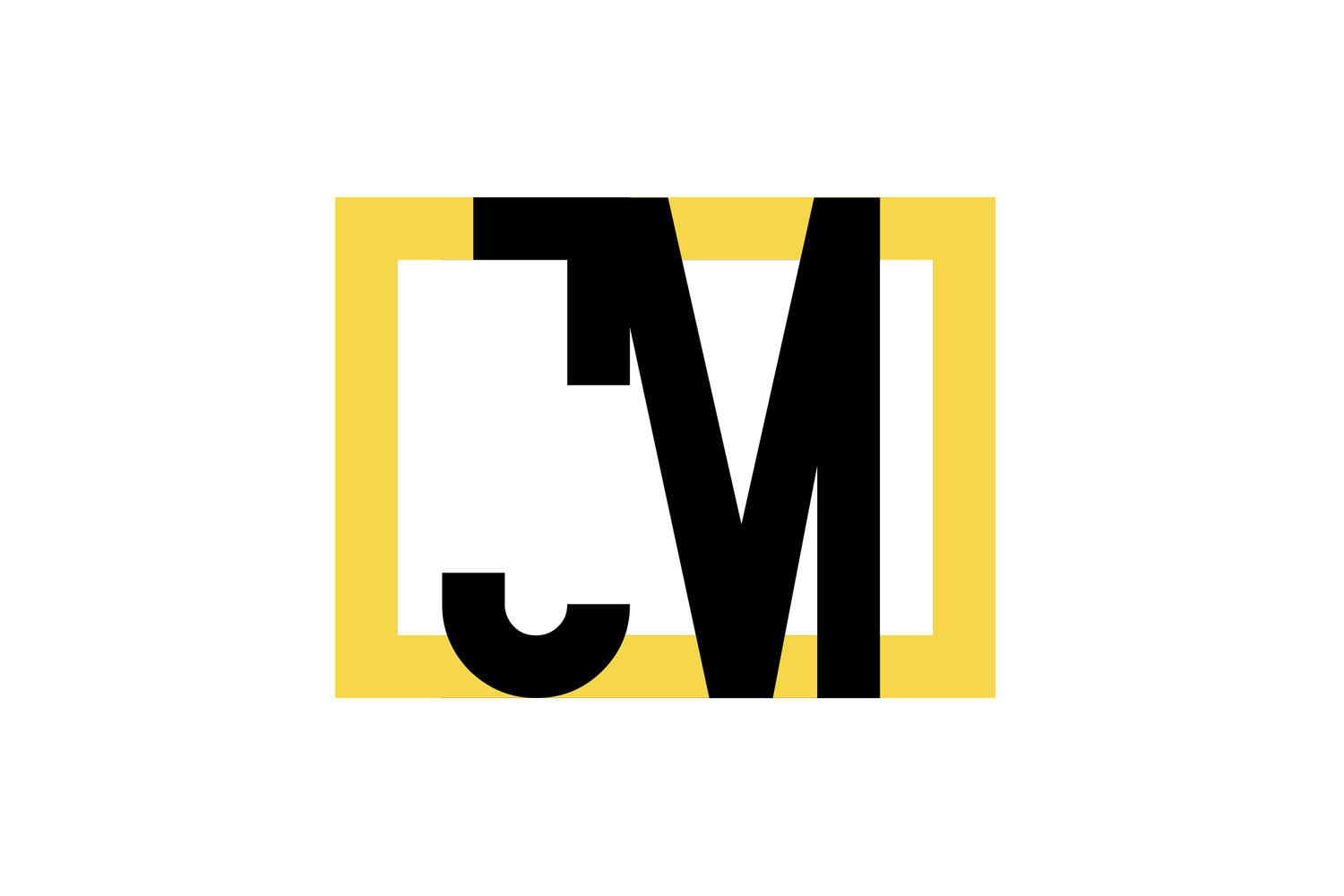In a world where we work to make everything faster and more efficient, we have also begun to shorten our vocabulary. We use more slang terms and acronyms in our texts, emails, and especially on social media. If you feel like you’ve fallen behind, don’t worry – we’re here to help you keep up. Here are the 10 social media acronyms and hip terms that we think you should know.
1. DM vs. PM
In the world of Twitter, DM’s are “direct messages” that are shared between two users who follow each other. On other platforms, these messages are called PM’s, or “private messages”.
2. GIF
Aside from the controversial topic of how this term is pronounced, GIF stands for “graphic interchange format”. A GIF is an image (usually enticing a laugh) that moves as an animation and is used to add emotion and emphasis to your thoughts.
3. Meme
A meme is a concept, catchphrase, idea, or piece of media that spreads like wildfire across social media channels. The purpose of memes is typically to spread humor from person to person on various subjects by adding texts to comical images. If you are active on social media (which we highly suggest) it is likely that you have seen various memes spread across your social feeds.
4. RT
There is a plethora of information on social media. Twitter for example is a strong platform for things such as news and even just random intellectual thoughts. See something you agree with? Repost that users tweet, or rather “retweet” (RT) it.
5. TBT
Otherwise known as “Throwback Thursday”, people utilize this day to show off their best childhood glamour shots, or the lunch they ate last week. It helps other users relate to you, and encourages them to post a TBT as well!
6. SEO
Is your goal to get more people to your website? “Search engine optimization” is the best way to get there. SEO refers the key words a business chooses to use in their content that will rank them higher in search engines. Take some time to think about keywords you should be using, and get more action on your site!
7. CTA
If you are an active marketer, it is likely that you have a website, or have run some type of advertising campaign in your career. A CTA is a “call to action” that entices people on the web to either purchase your product, click on your ad, or request more information about your services. Popular CTA phrases include “Learn More”, “Sign up Free”, “Get Started”, and more. Do any of these ring a bell? They were likely the phrases that convinced you to sign up for that free 30-day trial of a new program. Start utilizing these CTA’s and start gaining more business!
Popular CTA phrases include “Learn More”, “Sign up Free”, “Get Started”, and more.
8. CPC
Another important term for a marketer is CPC. Defined as the “cost per click”, this term will tell you how much you are spending each time a user clicks on an advertisement that you are running. Whether on Facebook, Google, or other advertising platforms, the cost per click will tell you how relevant your advertisement is to your audience. The lower the cost per click, the more clicks you can receive with your given ad budget. Take a look at this number the next time you are in your Facebook ads manager, to see if you should be making changes to your ads.
9. ROI
Anytime you run an advertisement or purchase something to help grow your business, you are likely hoping to make some sales in return. ROI, or “return on investment” is the monetary value that you gain in relation to the money you spent to make it. In other words, this number will tell you if that investment you made last year really paid off.
10. UGC
People trust people. UGC is “user generated content” – essentially posts, reviews, videos, etc. created by consumers. It has been shown that 70% of people trust images taken from ‘people like them’ over brand created images according to Reevoo. Take this tip and create a contest, or promotional idea and get your consumers involved. Repost their content and see how other consumers relate to it!
70% of people trust images taken from ‘people like them’ over brand created images.
If you felt out of the loop with your social lingo, we hope this cheat sheet helped. Let us know if you learned something, or have another term that you think should be in the top 10. We love hearing from you! Like we said, UGC is important, and we’d love to share yours!
- Alicia, Marketing Assistant







